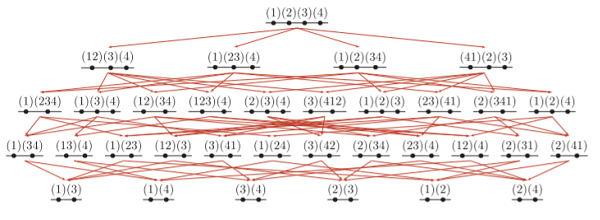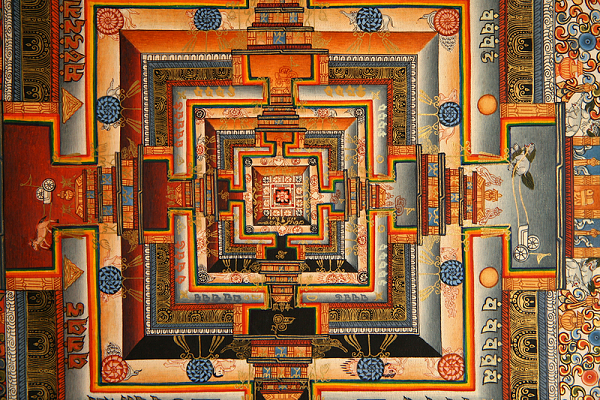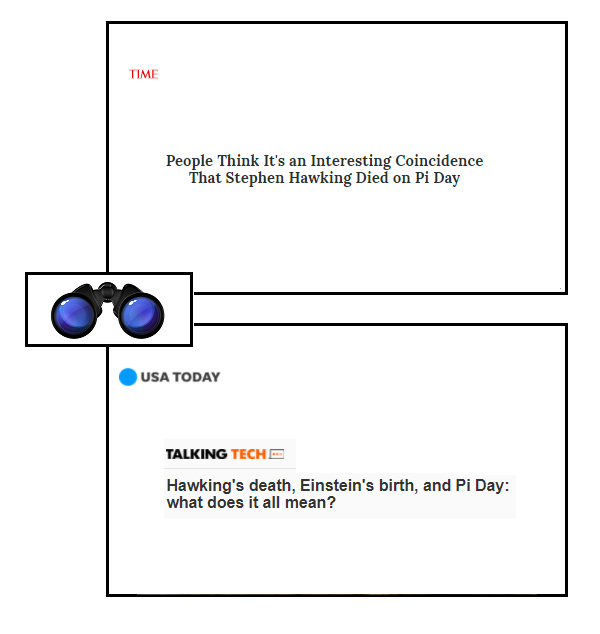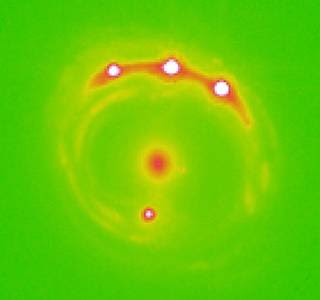Two from my FB feed this morning
Wednesday, January 23rd, 2019[ by Charles Cameron — well, three — what I read on FB, and what Chinese AI can now deduce about me ]
.
First:
Carla Cahill‘s catch, I think, speaks for itself — the super blood wolf moon caught at exactly the right moment:
Carla writes:
Okay, I saw this jet coming, so I acted fast and got it along with the Blood, Wolf, Blue, Eclipse Moon!
The photographer’s gift is eternal alertness.
**
Second:
This DoubleQuote response to the #tenyearchallrnge showing a dying coral reef, via John Kellden and March for Science:
Friend Marshall Massey contributed this example:
I somehow suspect the photographer of the coral reef — the Great Barrier Reef? — didn’t mark the exact few “leaves” of coral he photographed ten years earlier, and then returned to those exact few leaves ten years later — I imagine he may have returned to the same rough spot where he — or she, why do I suppose a he? — had taken her first shot, and found a similar spot to take the second.
Or were there in fact two photographers? The similarity of the two photos almost convinces me of a single photographer with his eye on the same exact sport for years — his or her wife, lover or friends bringing sandwiches every day for ten years, sleepless nights under a cold moon..
Except both photos were presumably taken by a diver or divers, underwater..
Ah, the human mind!
And the forest / mine pair — were they taken at the same spot, roughly the same spot — or close enough to make a point, maybe a few miles apart, with the second shot positioned to include the truck..?
**
Third:
This was too rich to omit. Ali Minai wrote:
I don’t read or speak Urdu, so knowing Ali is an AI expert, I asked for translations from two AIs. FB’s in-house translator gave me:
It’s very short of the dead country.
The ironic is the same, yooo change.
Google Translate gave me:
History is very short of my country
Satyam is the same, the stars keep changing
Okay, those two give me state of the art, readily available AI capabilities. I then asked Ali how he would translate the couplet into English.. and gave my own best guess, sticking my neck out and working from similarities between the two AI versions:
History short-changes my native land —
ah, but truth’s the same, as changeable as the stars.
.
Here’s Ali’s very gracious response:
Aha! Sense at last — English sense, that is.
I think this entire episode is a living, breathing testament to the state of the art in intelligence — artificial and embodied. Way to go, Ali Minai
**
Chinese AI looking for vulnerabilities to exploit will now think I’m an Urdu speaker, because I commented on Ali Minai‘s Urdu post. And ZP’s version of WordPress couldn’t even render Ali’s couplet except as:
??? ??? ?? ??? ????? ?? ?? ?????
??? ??? ??? ????? ????? ???? ???
— which captures my own sentiment when I first saw Ali‘s post exactly..
All in all, a rich morning’s education!























